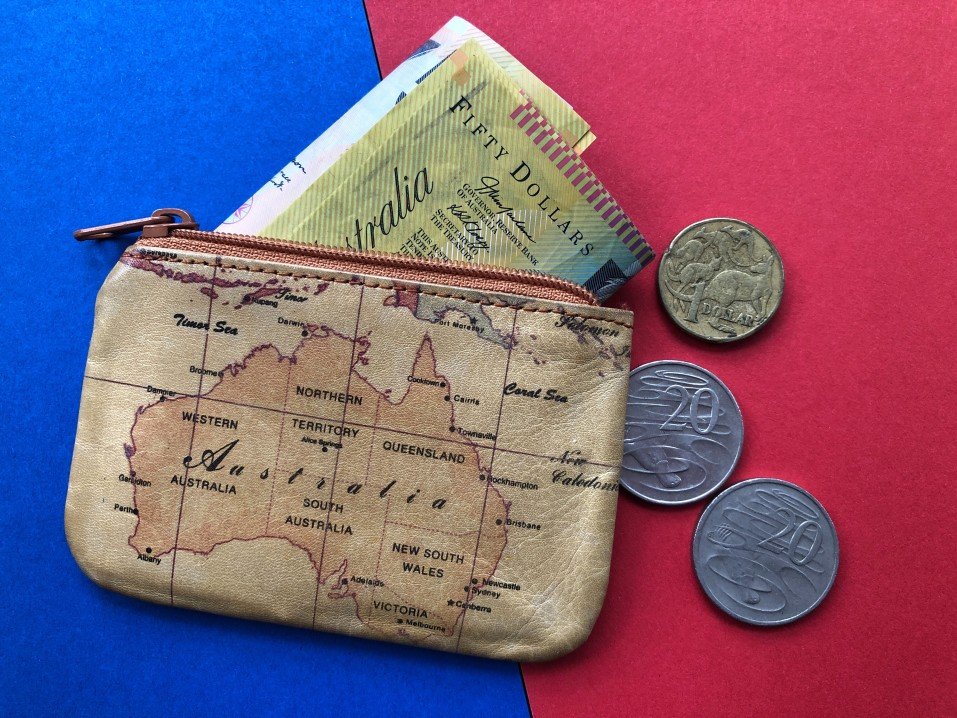
If you have been in the process of researching the various types of Australian Visas, especially the Subclass 491, 494, 482, 186, 187, 189, 191 Visas, then you would have come across the term TSMIT.
What is TSMIT?
TSMIT stands for Temporary Skilled Migrant Income Threshold.
In other words, depending on the context in which it is used in the visa requirements, TSMIT represents either:
- the minimum salary that an employer must pay someone whom they wish to sponsor under that visa, or
- the minimum salary that the visa holder must earn in order to meet the criteria for that visa.
The TSMIT does not include non-monetary benefits such as accommodation or a car. Such benefits must be paid in addition to the TSMIT.
Currently, the TSMIT is set at $53,900 annually.
Where is the TSMIT used?
The TSMIT is used as a threshold for a number of visas in Australia’s migration program, including:
- Subclass 186 – Employer Nomination Scheme visa;
- Subclass 187 – Regional Sponsored Migration Scheme visa;
- Subclass 189 – Skilled – Independent visa under the New Zealand stream;
- Subclass 191 – Permanent Residence (Skilled Regional);
- Subclass 491 – Skilled Work Regional (Provisional) visa; and the
- Subclass 494 – Skilled Employer Sponsored Regional (Provisional) visa; and the
- Subclass 482 – Temporary Skill Shortage visa.
This means that excluding any non-monetary benefits, anyone who is on the Subclass 482, 186 or 187 Visas must be paid at least $53,900 annually.
Similarly, the minimum taxable income for the subclass 491, 494 and 191 visa is currently set at the Temporary Skilled Migration Income Threshold (TSMIT) unless concessions are agreed (such as in relation to a DAMA).
Predictions for the future
Back in 2009, the TSMIT was $42,220. This means that it has been rising at a rate of around 4% annually. In the 2019 federal elections, there was an unsuccessful proposal to increase the income threshold to $65,000. However, sooner or later this will go through.
But, one wonders, considering the disparity in the cost of living between regional and non-regional areas, is it a good idea to use the same TSMIT for all these Australian visas. Perhaps it may be better to create a seperate regional threshold instead?
Share your thoughts in the comments below.